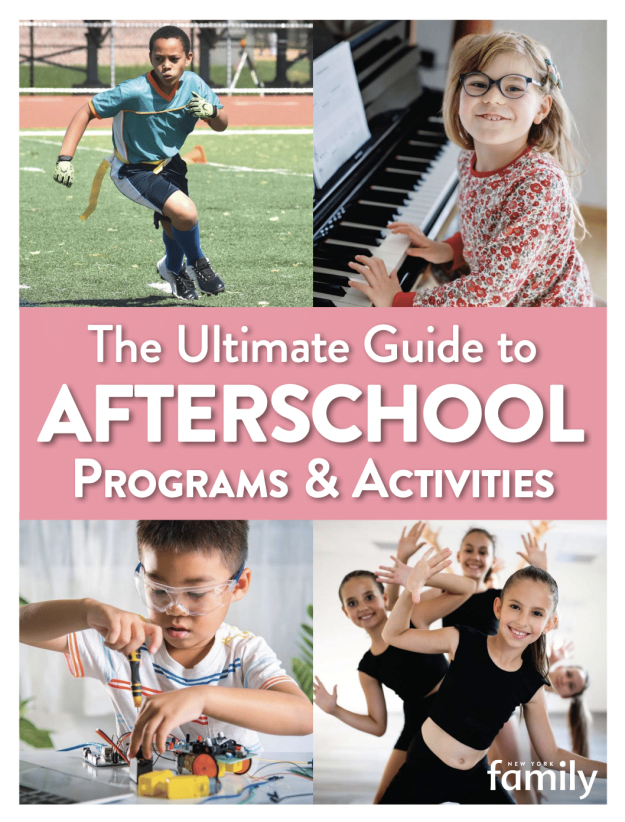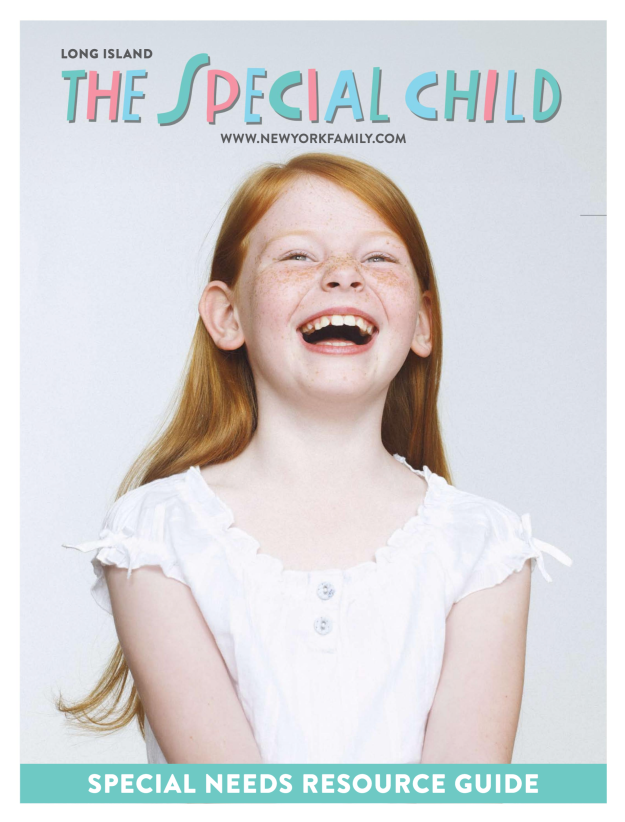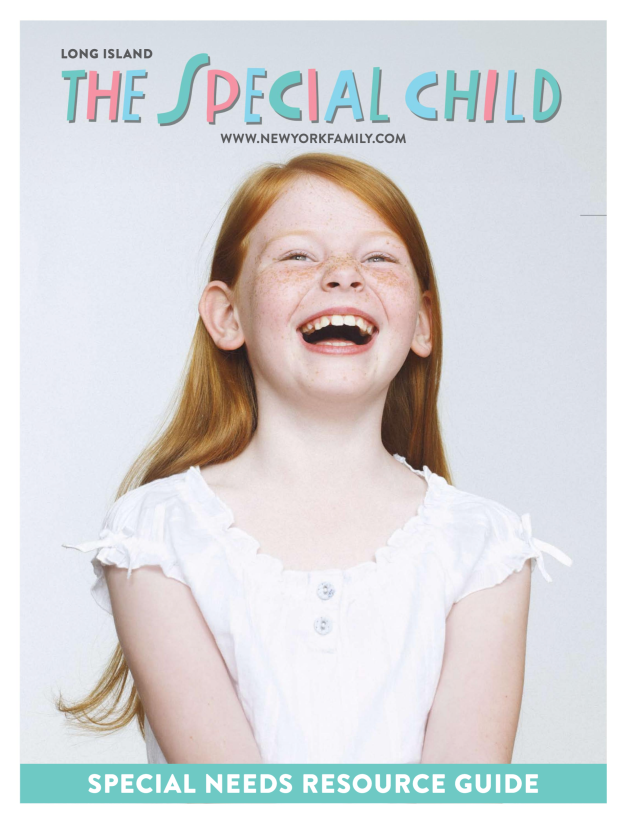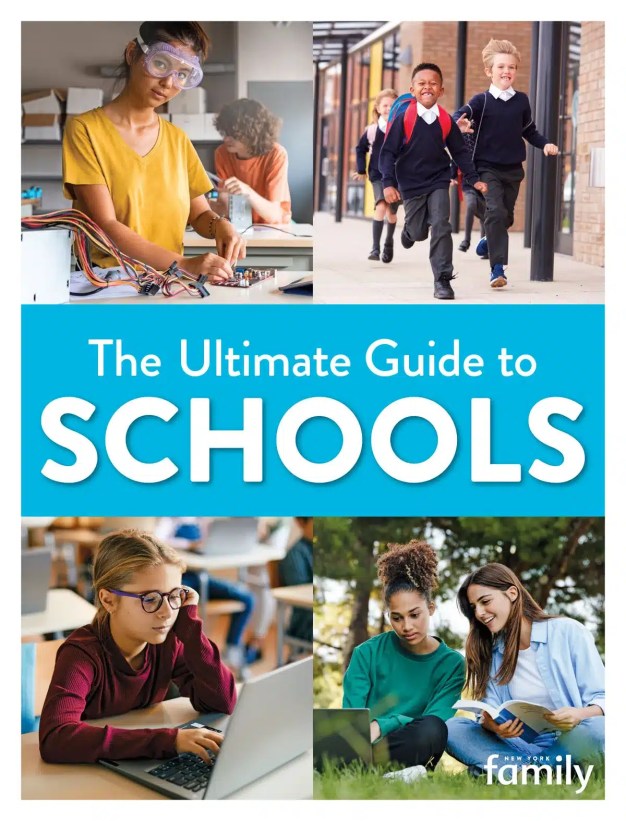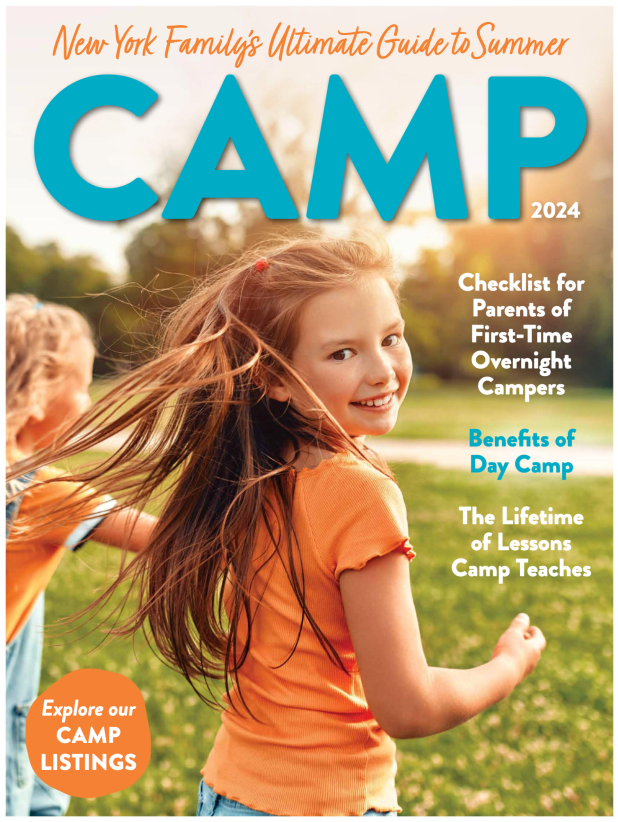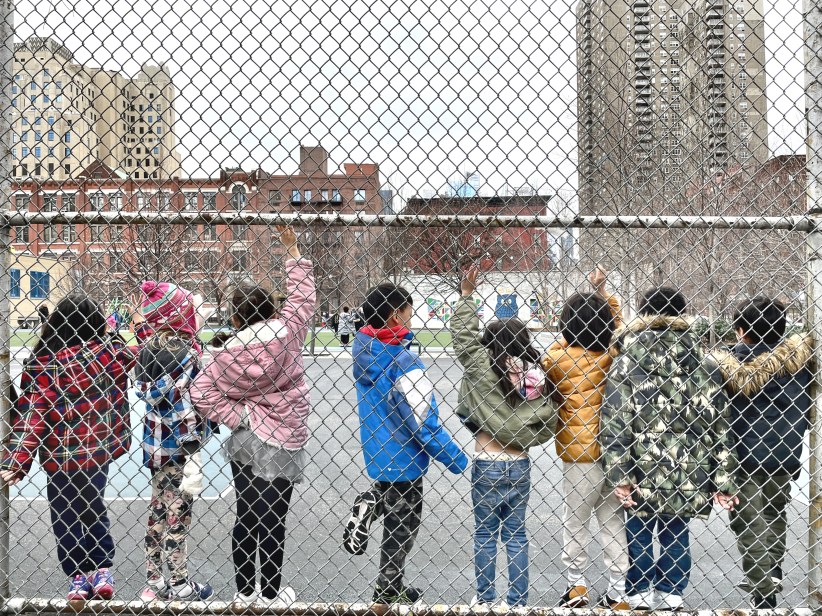Kids are bullied.
It’s a sad fact of life that school kids are picked on by their peers. In fact, one in five children is likely to be bullied; 18 percent of the city’s high-school students are bullied, and students who are lesbian, gay, or bi-sexual are twice as likely to be cyber-bullied, according to a study released by the New York City Department of Health in December. Tragically and too often, bullying can result in suicide.
What is bullying and why would it result in suicide? The general definition of bullying is any act that involves physical aggression, name-calling, and any attempt to gain power or control over another person. Some bullying behavior starts on first- and second-grade playgrounds, but that’s mostly due to children learning how to set boundaries and socialize with one another. But as children age and intentional components of physical aggression, humiliation, shame and name calling escalates, it’s bullying.
Unfortunately, children who are bullied by friends or associates often don’t want to tell anyone about it. Yet, the commitment to the safety of our children is paramount to stop bullying and prevent suicide.
Strengthening relationships
Cheryl Hurst, a social worker of The Children’s Hospital at Montefiore School Health Program, and her team address the problem in an eight-week middle school classroom curriculum called Strengthening Tween and Adolescent Relationships, known as “STAR.” The program helps 12-to-14-year-old children and adolescents cope with stress, whether it’s related to family, dating, academics, violence or the daily environment.
“No temporary problem should have a permanent solution,” Hurst says.
‘STAR’ students
Teachers appreciate the importance of the program’s mission.
“At the end of the day, no parent wants their child to become a statistic,” says Arissa Zervas, a sixth grade teacher at PS-MS 95 in the Bronx.
She witnessed a remarkable improvement in the relationships between her students and their ability to manage difficult social situations. She only had positive things to say about the effect of the program.
“The STAR program sparked an interest in my students to explore how they interact in relationships. My class talked a lot about relationships and what a relationship means. Some students were not even aware of what that term meant. At first they giggled at the word, because they automatically assumed that ‘relationship’ means boyfriend or girlfriend, romance and kissing,” says Zervas. She discussed with her students that we all have many relationships in the world, like the relationship between students and teachers, families, and non-romantic peer relationships.
The students also discussed abuse in relationships, whether in the form of teasing, bullying, racism, or dating violence.
“This group was not the most mature, but it was interesting to watch them on the journey,” she says. “The approach is very student-centered. Some took these lessons to heart and incorporated the lessons into the group.”
Changes in students
The changes in Zervas’s students are the positive outcomes of the program, which are outlined in the book “Dialectical Behavior Therapy with Suicidal Adolescents” by authors Alec L. Miller, Jill H. Rathus, Marsha M. Linehan, and Charles Robert Swenson (Foreword). Hurst works with Dr. Alec Miller, chief of Child and Adolescent Psychology and director of the Adolescent Depression and Suicide Program at Montefiore Medical Center. They use dialectical behavior therapy to help children develop new adaptive skills to cope with life challenges.
“My students started to take a stand against teasing, bullying and abuse,” says Zervas. “Their opinions changed. They were also able to defend their opinions as to why a behavior either was or was not abusive. I absolutely recommend the STAR program to any grade, not just elementary grades. It is important to know what good relationships look like and what abuse is — all the different types that we normally take for granted.”
‘STAR’ activities
Coping skills are developed through child-centered activities. Zervas’s students enjoyed most of the role-playing activities.
“It was very powerful for the students. Two people in a relationship would have to act out different types of abuse. This gave them a visual and tactile connection to the problem. The classroom had different degrees posted around the room (like the weather temperature). The students would go stand near the degree number that represented how big of a problem this is — the higher the degree, the more abusive the situation. They would then discuss what happened in the relationship, how to handle anger, how this is a form of bullying.”
Students also enjoyed making collages. The students cut out images of stereotypes and gender roles in society to create a personal collage, which they then discussed.
“Some of the images they identified with were not as appealing by the end of the program,” she says.
“Perhaps the most important activity the students enjoyed was the discussion of how to handle what is happening,” she continues. “Many times, students don’t get a chance to do that with each other, and don’t really want to do it at home (because it isn’t cool).”
Discussing bullying at home
This program works in schools among students and their peers in a guided setting. But at home, teens and tweens can present difficult parenting challenges. The age group is often already moody, emotional, and withdrawn for any reason and for no reason at all. It is difficult to know whether or not a child’s behavior in this age group is “normal” or the result of bullying. Hurst says that, to teens, it isn’t cool to talk about things at home.
She wants parents to be proactive and “politically correct” when it comes to their children and to discipline from a place of safety, not violence. She suggests that parents “strike when the iron is cold” through daily conversation and spending time in the relationship to enhance the child’s ability to communicate.
“Ask them about their friends and their experiences at school. Be on the lookout for children who don’t come home with the lunchbox or all of their possessions and have their clothes tattered at school — [they] might be victims. Parents have to be the eyes and ears of the child’s experience and help them navigate this world.”
Signs of bullying
Dr. Miller wants adults to be alert to the other signs, symptoms, and signals that a child is having trouble.
“Depression is a ‘soft sign’ of bullying,” he says. “But depressed children don’t look like adults. They are more irritable and express boredom and anhedonia [lack of pleasure]. They typically no longer enjoy the things that they used to, like basketball or video games. In addition, changes in sleep or appetite such as waking up early and pains such as stomach aches or headaches. These symptoms could be medical or they could be anxiety related to bullying.”
Identifying when a child is being bullied is tricky, and recognizing the suicidal tendency is even trickier. Kids tend to feel really isolated and alone when go through a bullying experience, and can become remote and moody in general, but there are additional warning signs that can seep out. Dr. Miller gives a few warning signs when teens might be contemplating self-harm or suicide, such as:
• Anxious avoidance of school or peer activities.
• Verbal expressions of wanting to die or suicide.
• Written or artistic expressions regarding death or suicide in English or art class.
• Suicide contagion — adolescents are most vulnerable to news of a recent or celebrity suicide, like the ’90s Nirvana singer Kurt Cobain. The suicide of a peer reported in the media concerns them.
• Self-injury like cutting, eating disorders, substance abuse, and other self-harm. This could be an attempt to manage and regulate difficult emotions, or it may be a sign of bullying, and a heightened risk of suicide.
What to do
What can be done when a child shows any of these stress signals and there is a suspicion of bullying? According to Hurst:
• The hardest part of this process is being mindful of your own emotional state. It’s best not to become frustrated, angry, or judgmental.
• A proactive approach works best for children. “I am worried about you,” is a good way to start the conversation, then, get specific as to why there is a concern.
• Prevent the child from feeling isolated by validating their feelings. “I can tell that something is bothering you. I would like to be able to help you.” “How do you feel about the way you are being treated?”
• Don’t be alarmed if the mood or pattern goes on for several days. Fight through the child’s resistance to open up. But, if it is persisting more than two days, have a guidance counselor, psychologist, or social worker speak with the child.
• Most importantly, become a vigilant monitor of the child’s state of being. Parents should have the right to see their child’s electronic communications and set a time for them to shut it down. This will help kids who are getting barraged with texts late at night in bed.
• Let children know that help is out there. Everyone should be involved in anti-bullying measures — parents, peer groups, by-standers, mental health workers, and community advocates can “circle the wagons” to protect children.
Making a safe school
Parents, teachers, and staff can take an aggressive stance to make “safe” schools. Principal Serge Marshall Davis of PS-MS 95 in the Bronx utilizes the STAR program to enhance his school.
“Social and emotional well-being is critical to the student’s success in school and in life,” he says.
The program has had such a positive effect that every year the school is looking to add another grade and classroom to the program.
“Emphasizing equality as a huge part of a healthy relationship and STAR helps participants understand that there needs to be safety, trust, and support to have a good one,” says Hurst. “Participants often realize that they are not yet ready to date because they still need time to learn how to express their gender identity and how stand up for themselves before getting involved in dating and romantic relationships.”
Putting first things first sounds good to me.
Davis attributes the success of the program at this school to Hurst, directly.
“We are fortunate to have someone of Ms. Hurst’s caliber. She is passionate about children, growth and contributing to the school community,” he says. “She is teaching children that they have rights and emotions and how to stand up for themselves in a confident way.”
• • •
I was bullied as a school girl, and by the time I was ready to stand up for myself, it had stopped. If there had been a program to teach students like myself how to cope with bullying, my bullying might have ended a whole lot sooner. If this program helps the life of even one child, in my opinion, it is 100 percent worth it.
Candi Sparks is a Brooklyn mother of two, a Department of Education vendor and author of kid money books “Can I Have Some Money?”, “Max Gets It!”, and “Nacho Money.” She is the chief executive officer of Sparks Fly (specializing in financial literacy for youth). She can be found on her website, www.sparksfly.org, on Twitter @candi_sparks, and on Facebook Candi_Sparks.






